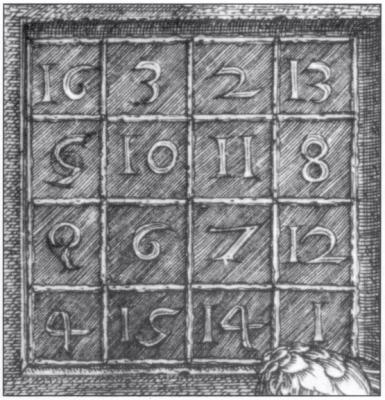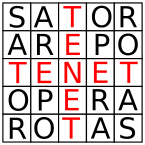... newer stories
Donnerstag, 27. März 2014
Sonnensystem: Neuentdeckter Zwergplanet gibt Hinweis auf Supererde!
klauslange,12:41h
Astronomen haben einen weiteren Zwergplaneten in unserem Sonnensystem entdeckt, der noch ferner ist, als es schon der bislang fernste Zergplanet Sedna ist. Beide Objekte gehören damit der Oortschen Wolke an.
Der neue Zwergplanet hat einen Durchmesser von 300 bis 1000 km. Doch das wirklich interessante ist seine sehr exzentrische Bahnneigung, die jener von Sedna entspricht.
Genau dieser Tatbestand weist auf ein noch sehr viel größeres Objekt hin, das den beiden äußeren Zwergplaneten ihre Bahn aufzwingt. Dieses weitere Objekt kann sogar eine Supererde sein. Also ein Planet, der um ein vielfaches größer als die Erde ist, aber doch kleiner als Saturn, zum Beispiel.
Solch ein Planet im äußeren Sonnensystem wurde auch noch nicht von der WISE-Mission ausgeschlossen, die alle Planetengrößen ab Saturn ausschließen konnte.
Mit diesem Fund des neuen Zwergplaneten ist also ein ernstzunehmender Hinweis auf zumindest einen weiteren Planeten des Sonnensystems verbunden.
Einen Bericht dazu gibts hier.
Daraus:
"Some of these inner Oort cloud objects could rival the size of Mars or even Earth. This is because many of the inner Oort cloud objects are so distant that even very large ones would be too faint to detect with current technology", says Sheppard.
Both Sedna and 2012 VP113 were found near their closest approach to the Sun, but they both have orbits that go out to hundreds of AU, at which point they would be too faint to discover. In fact, the similarity in the orbits found for Sedna, 2012 VP113 and a few other objects near the edge of the Kuiper Belt suggests that an unknown massive perturbing body may be shepherding these objects into these similar orbital configurations. Sheppard and Trujillo suggest a Super Earth or an even larger object at hundreds of AU could create the shepherding effect seen in the orbits of these objects, which are too distant to be perturbed significantly by any of the known planets.
Der neue Zwergplanet hat einen Durchmesser von 300 bis 1000 km. Doch das wirklich interessante ist seine sehr exzentrische Bahnneigung, die jener von Sedna entspricht.
Genau dieser Tatbestand weist auf ein noch sehr viel größeres Objekt hin, das den beiden äußeren Zwergplaneten ihre Bahn aufzwingt. Dieses weitere Objekt kann sogar eine Supererde sein. Also ein Planet, der um ein vielfaches größer als die Erde ist, aber doch kleiner als Saturn, zum Beispiel.
Solch ein Planet im äußeren Sonnensystem wurde auch noch nicht von der WISE-Mission ausgeschlossen, die alle Planetengrößen ab Saturn ausschließen konnte.
Mit diesem Fund des neuen Zwergplaneten ist also ein ernstzunehmender Hinweis auf zumindest einen weiteren Planeten des Sonnensystems verbunden.
Einen Bericht dazu gibts hier.
Daraus:
"Some of these inner Oort cloud objects could rival the size of Mars or even Earth. This is because many of the inner Oort cloud objects are so distant that even very large ones would be too faint to detect with current technology", says Sheppard.
Both Sedna and 2012 VP113 were found near their closest approach to the Sun, but they both have orbits that go out to hundreds of AU, at which point they would be too faint to discover. In fact, the similarity in the orbits found for Sedna, 2012 VP113 and a few other objects near the edge of the Kuiper Belt suggests that an unknown massive perturbing body may be shepherding these objects into these similar orbital configurations. Sheppard and Trujillo suggest a Super Earth or an even larger object at hundreds of AU could create the shepherding effect seen in the orbits of these objects, which are too distant to be perturbed significantly by any of the known planets.
... link (0 Kommentare) ... comment
... older stories

